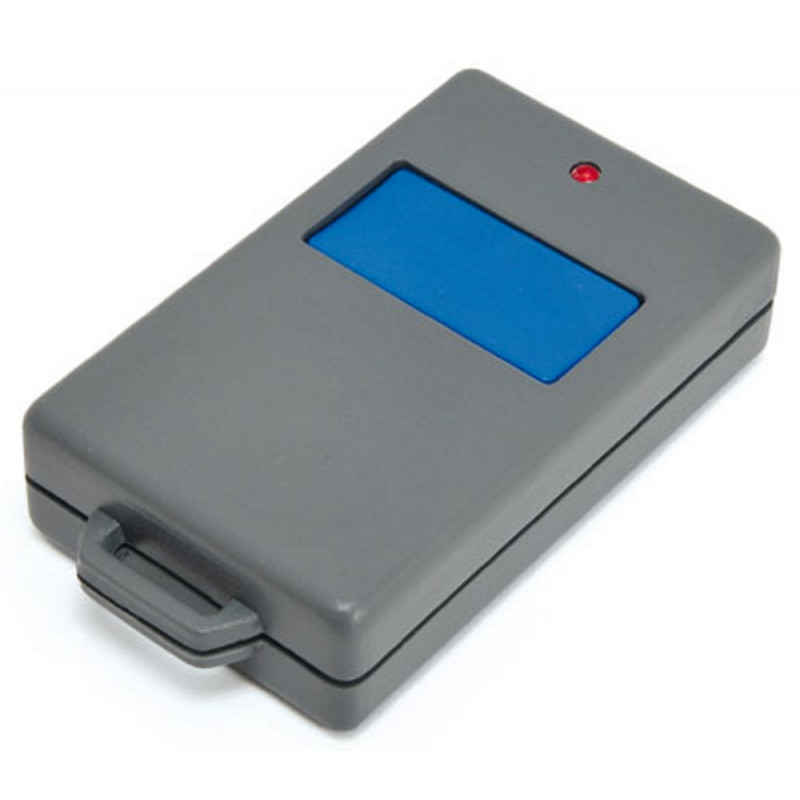








Transmisor de mano basado en el módulo de radio LoRa SX1278 y gestionado por el microcontrolador ATmega32u4. Adecuado para ser utilizado en combinación con el escudo LoRa (ver productos relacionados), le permite crear comandos de radio de largo alcance. Para la programación, a través del Arduino , está disponible una toma micro USB.
 Pagos Seguros
Pagos Seguros
Paga con total seguridad mediante Tarjeta, PayPal, Amazon Pay o Transferencia Bancaria
 Envío Rápido
Envío Rápido
Enviamos a toda Europa y al resto del mundo con UPS, DHL y DPD
 Devolución Fácil en 30 Días
Devolución Fácil en 30 Días
Tienes 30 días desde la entrega para devolver el producto si no estás satisfecho
|
Trasmettitore palmare basato sul modulo radio LoRa SX1278 e gestito dal microcotrollore ATmega32u4. Adatto per essere utilizzato in abbinamento allo shield LoRa (vedere prodotti correlati), permette di realizzare comandi via radio long-range. Per la programmazione, tramite l’IDE Arduino, è disponibile una presa micro USB. Il trasmettitore viene alimentato tramite una batteria a 12V tipo A23 con un consumo medio di circa 20 mA durante l’attività. Il radiocomando viene fornito montato, collaudato e completo di contenitore. |
|
Uso Alternativo dell’Hardware del Telecomando |
|
Se in parallelo al pulsante colleghiamo un contatto pulito, come ad esempio un contatto reed di quelli per porte e finestre (quello degli antifurto, ndr), realizzeremo un efficiente sensore wireless di allarme anti-intrusione. Questi utilizzi alternativi del telecomando sono utilizzi che contano sull’attivazione momentanea del circuito che ha una alimentazione fornita da una piccola batteria non ricaricabile. Ma è già allo studio una ulteriore elaborazione del circuito del telecomando. In questa nuova schedina, di dimensioni non troppo distanti da quella del telecomando, sarà aggiunto un carica batteria per batterie LiPo da 3,7 V. Il risultato sarà quello di avere una scheda completa di processore e modulo radio con la possibilità di essere auto-alimentata e di restare sempre accesa. |
|
Caratteristiche tecniche |
|
|
Documentazione e link utili |
También podría interesarle